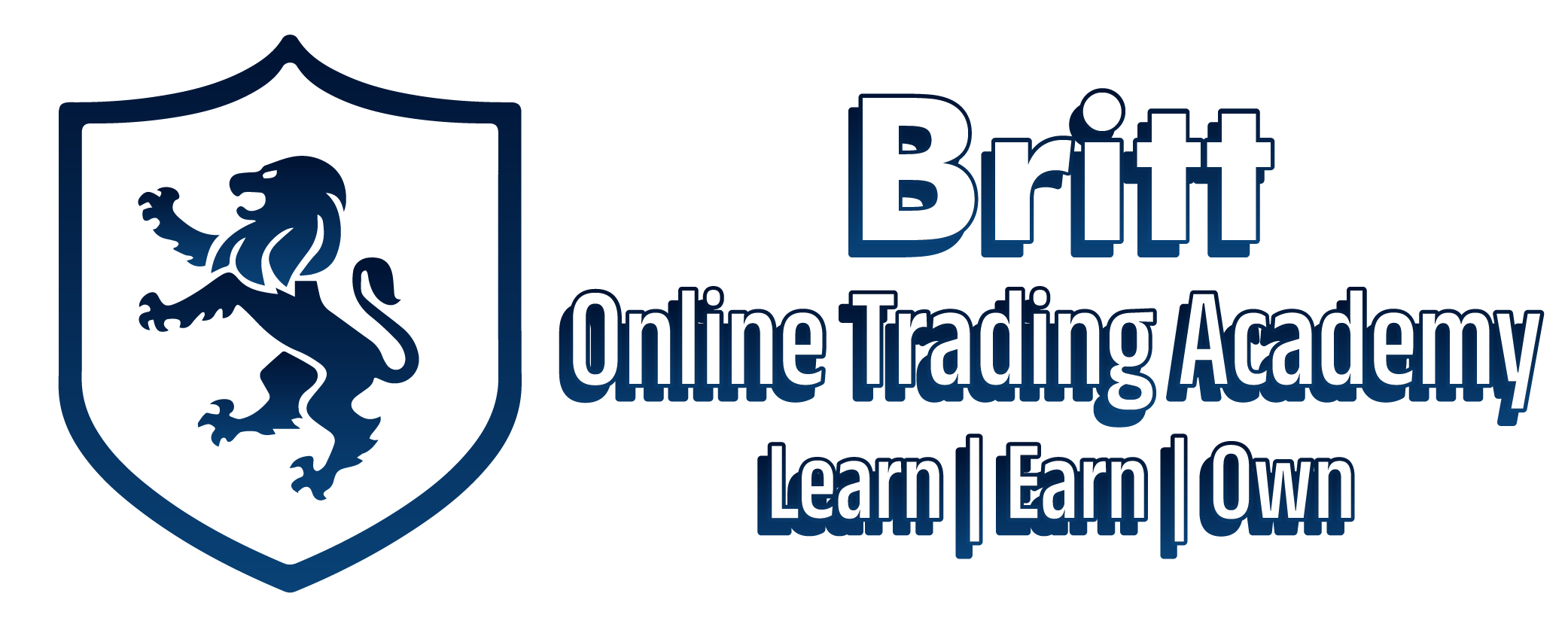Platform and Tools
CFD platforms and tools enable traders to analyze, trade, and manage their accounts. Here are some popular ones:
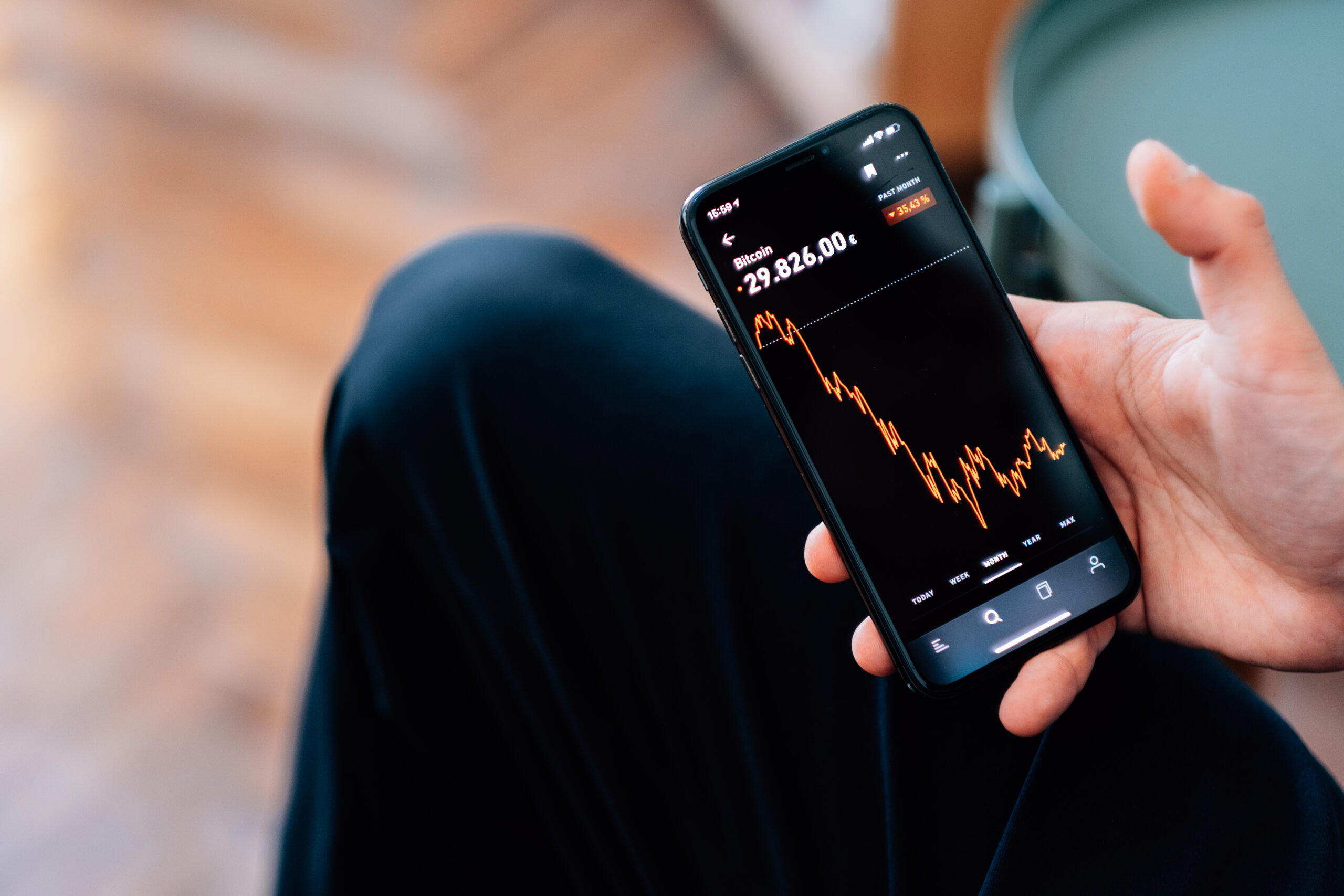
Trading Platforms:
1. MetaTrader 4/5: Industry-standard platforms for CFD and CFD trading.
2. CTrader: A professional platform for ECN trading.
3. Web Trader: A web-based platform for trading on any device.
4. Mobile Apps: Trading apps for iOS and Android devices.
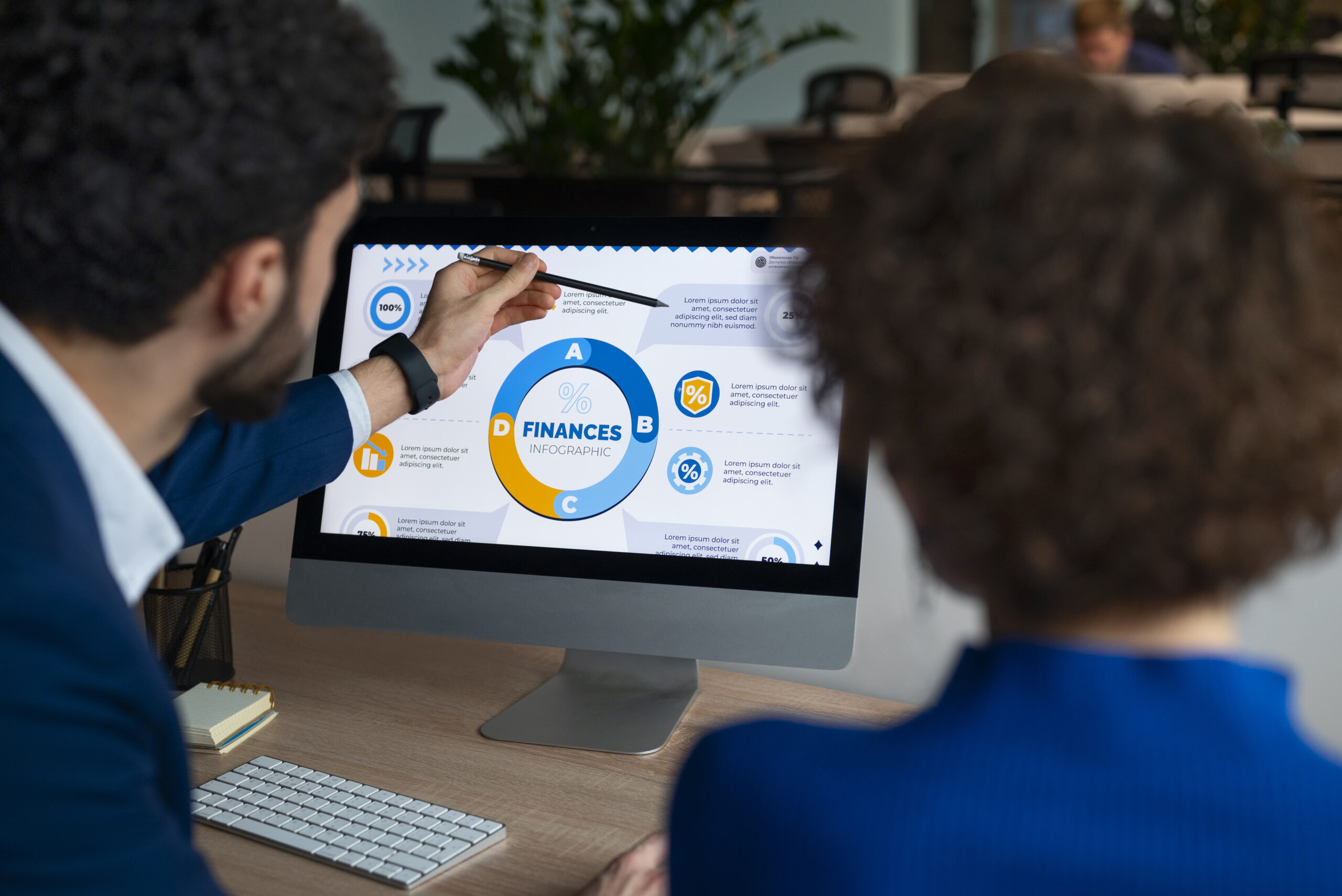
Analytical Tools:
1. Technical Indicators: Moving averages, RSI, Bollinger Bands, etc.
2. Charting Tools: Candlestick, line, and bar charts.
3. Economic Calendars: Stay updated on market-moving events.
4. News Feeds: Real-time news and market analysis.
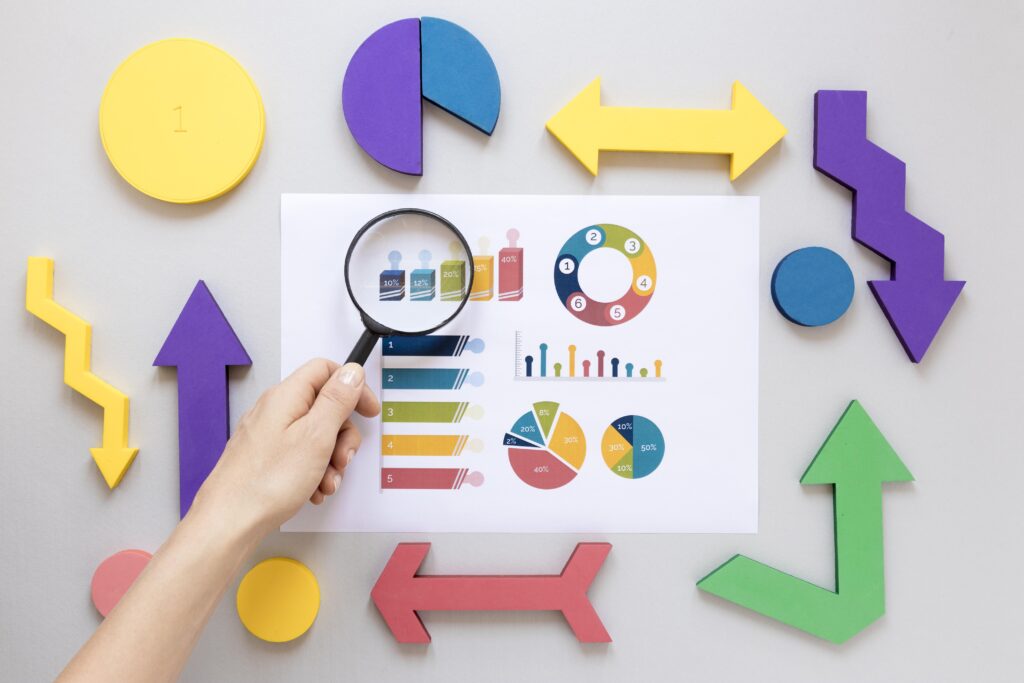
Risk Management Tools
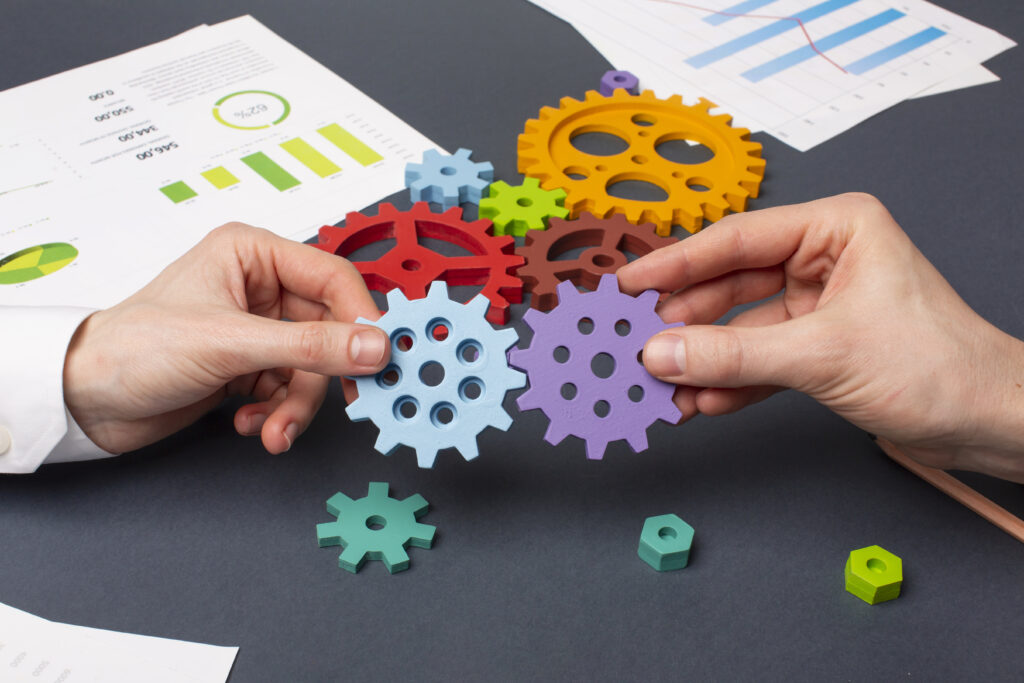
Account Management Tools
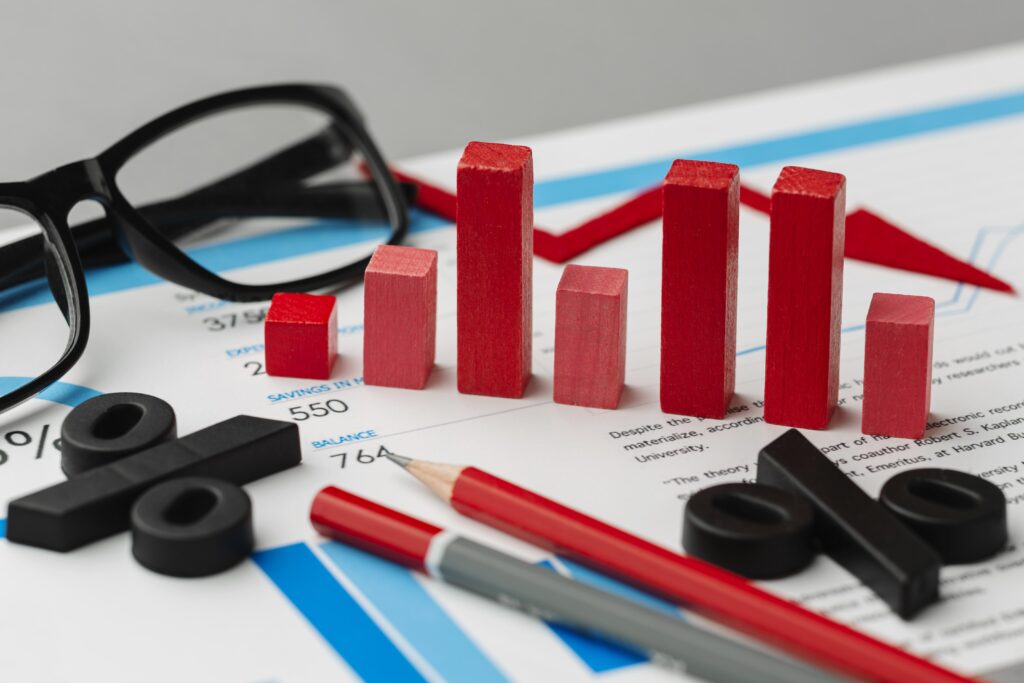
Education and Research Tools
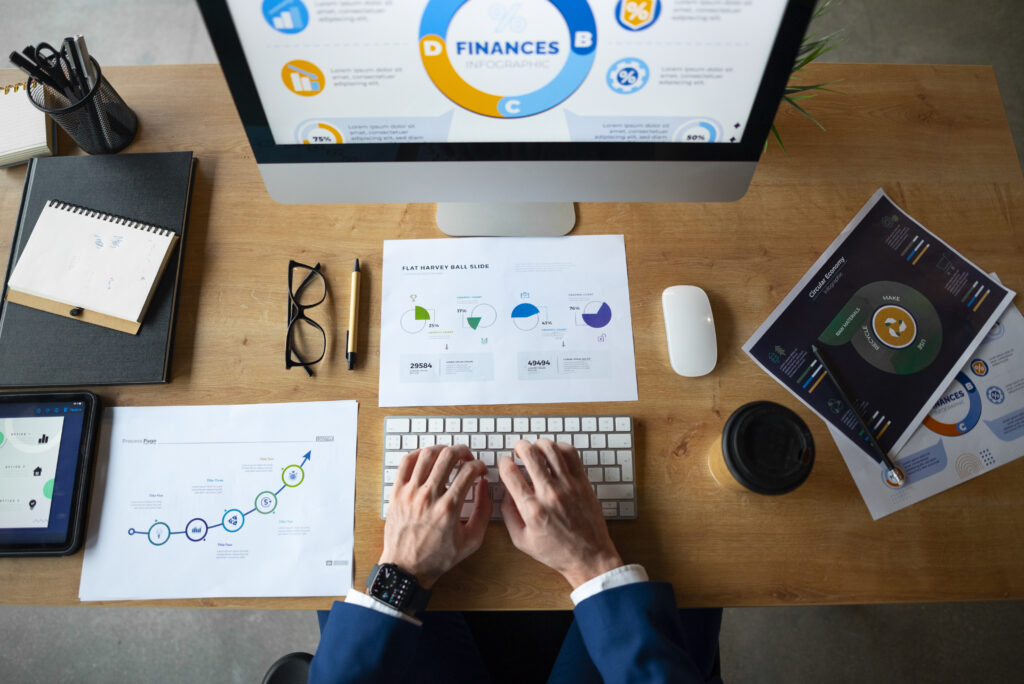
MetaTrader 4 and
MetaTrader 5

Have Any Questions?
FAQ's
It’s for specific types of trading sequences.
What is a CFD?
A CFD (Contract for Difference) is a deal between you and a broker to trade on price movements without owning the actual asset.
How Do You Make Money?
You profit (or lose) from the difference between your entry and exit price. Buy if you expect prices to rise (go long), sell if you expect them to fall (go short).
What Can You Trade?
You can trade CFDs on stocks, indices, currencies , commodities (like gold or oil), and cryptocurrencies.
What is Leverage?
Leverage lets you control a large position with a small amount of money. It can amplify both profits and losses.
What is Margin?
Margin is the money you need to deposit to open a leveraged trade. It acts as collateral.
Going Long vs. Going Short?
* Long: You expect the price to rise → Buy.
* Short: You expect the price to fall → Sell.
What is a Spread in Trading?
Spread is the difference between the buy (ask) price and the sell (bid) price of an asset — like gold, Currency pairs, or stocks — in the market.
